Guest writer: Anna Nilsson Spets
The Karotribe is the smallest tribe in terms of numbers, around 1000-3000 individuals. They live near the banks of the eastern Omo and Mago rivers.
The tribe used to keep large numbers of livestock, but due to the fatality of the tsetse fly they are now a poor tribe living on crops, mainly sorghum.
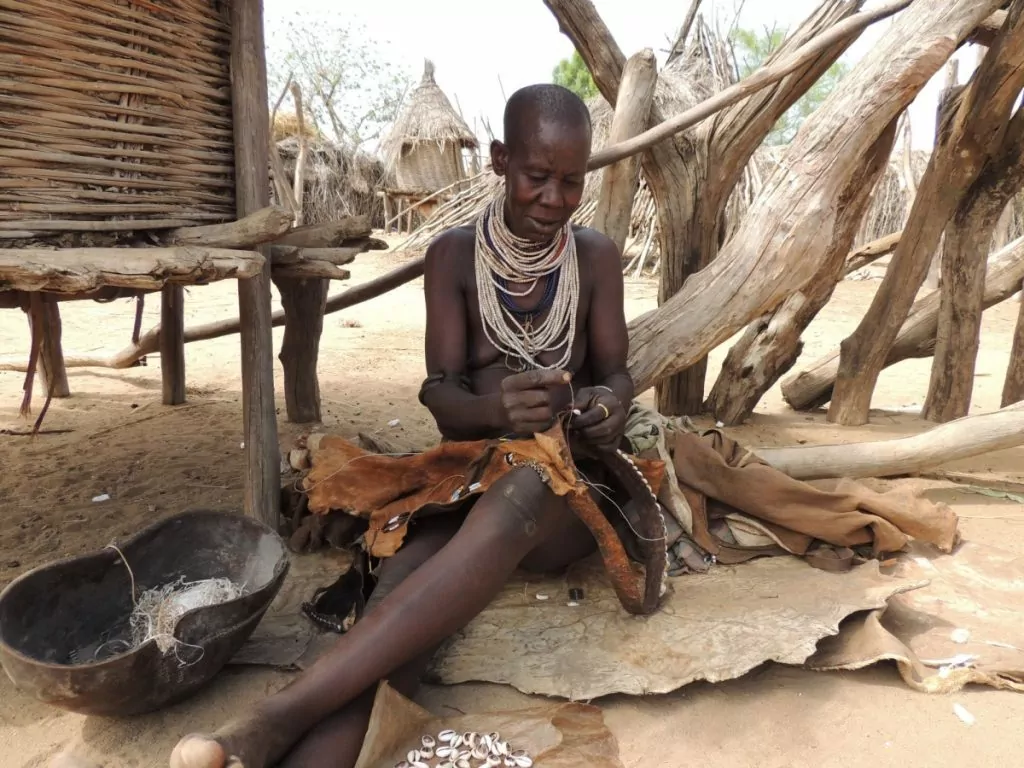
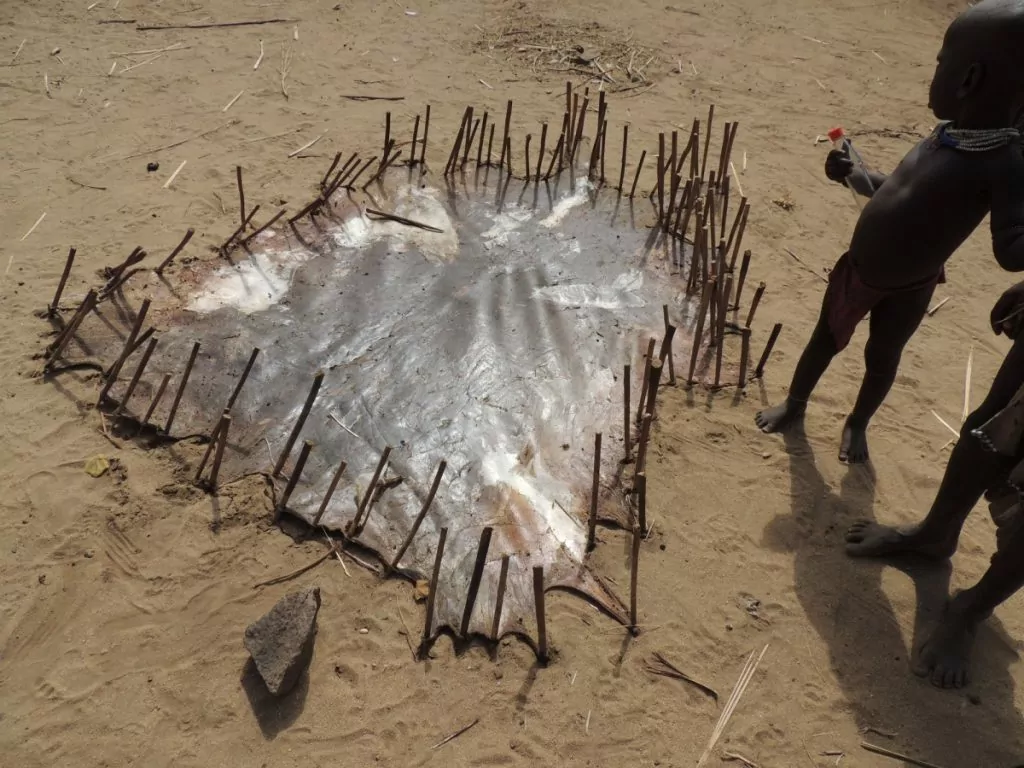
Karo/Kara means fish, and indeed there is fishing in the river, with long wooden spears. As long as it lasts ...
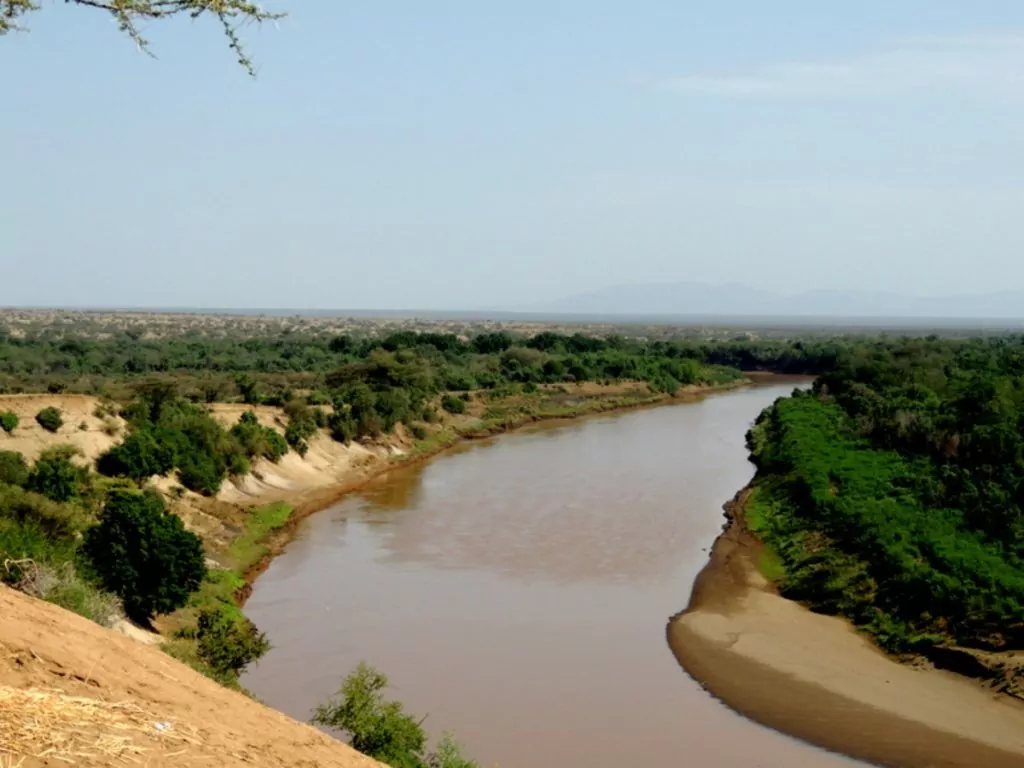
The tribe is severely affected by the Chinese dam construction which causes the water level to drop, they have to walk long distances for their crops on the river beds.
Each family owns two huts, ONO, the house where they eat and sleep, and GAPPA for household chores.
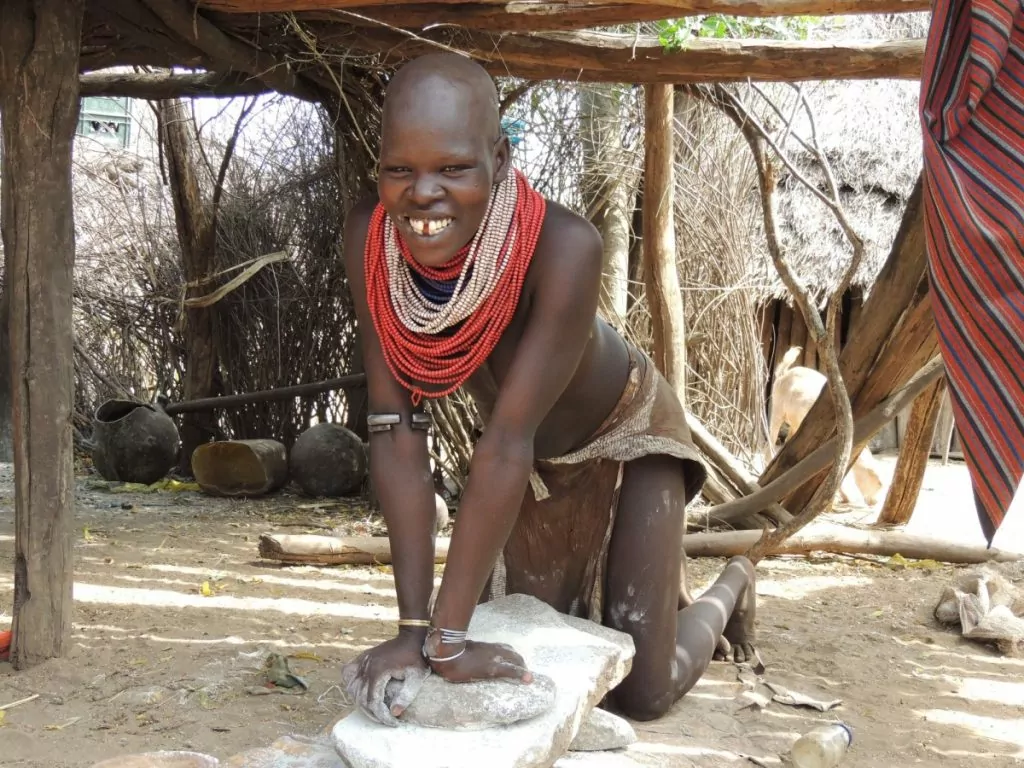
They also have a so-called man's house, chifo, where the men rest. The ceremony house, marmar, is the place where the men talk about important things. The small houses are used to store grain.
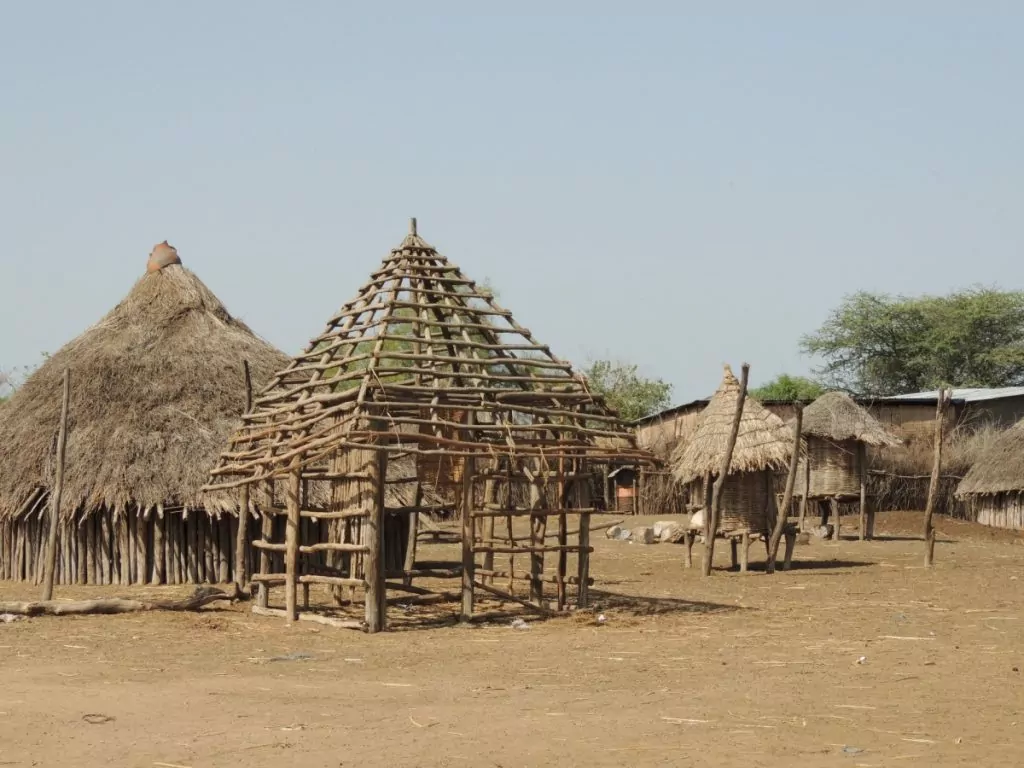
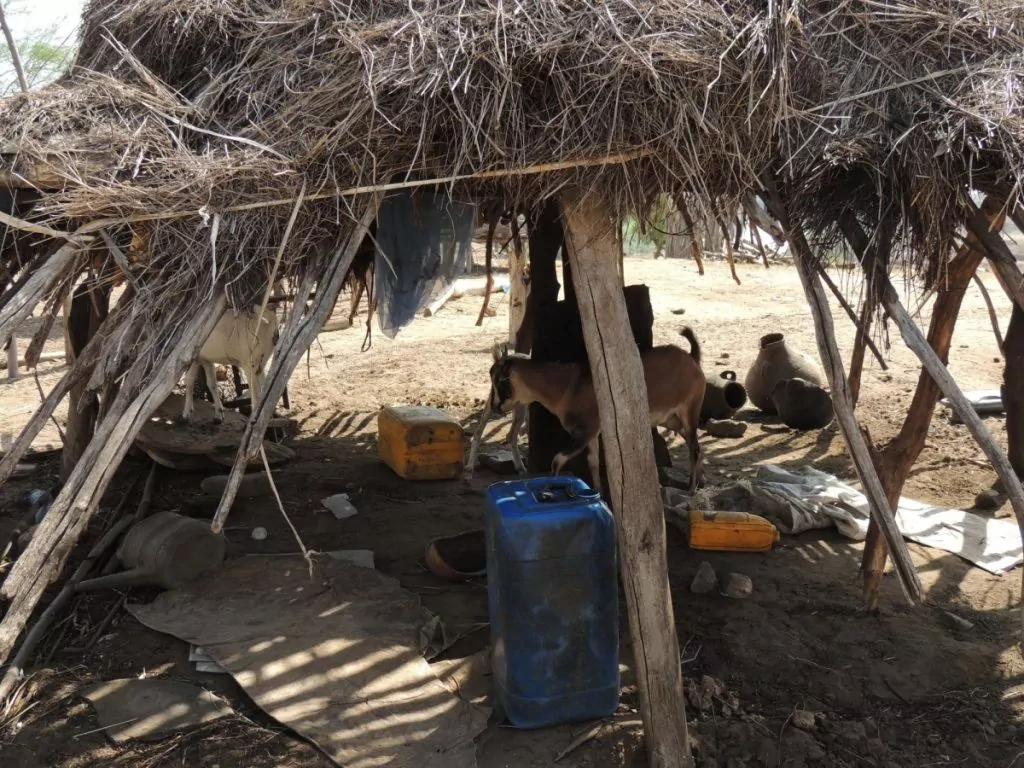
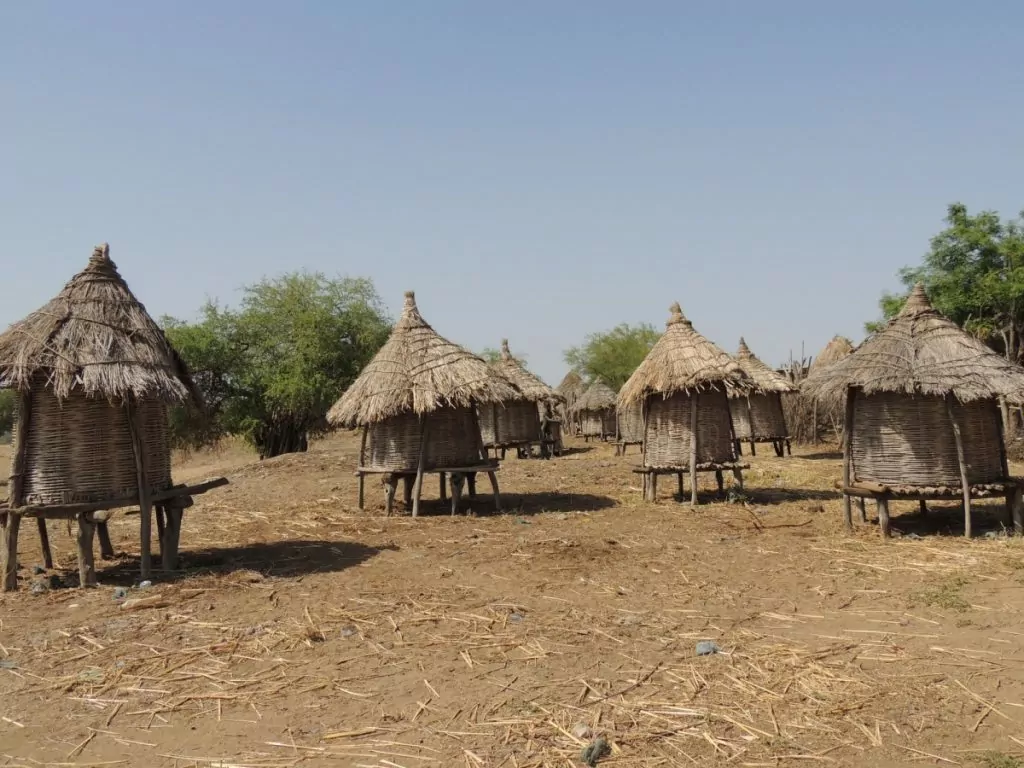
Like the other tribes in the Omo Valley, various ceremonies are part of the life cycle. The manhood ceremony is similar to that of the Hamer, a bull jumping ceremony.
Girls aged 10-12 are jokingly referred to as wild animals before they are circumcised and counted as adults. For the ceremony, 10 larger and 30 smaller animals are slaughtered and coffee is exchanged. Village members dress in animal skins and decorate themselves, the village leader blesses the girl. After this event, the girl is allowed to wear clothes and is considered adult enough to start a family. The father also changes his status to elder.
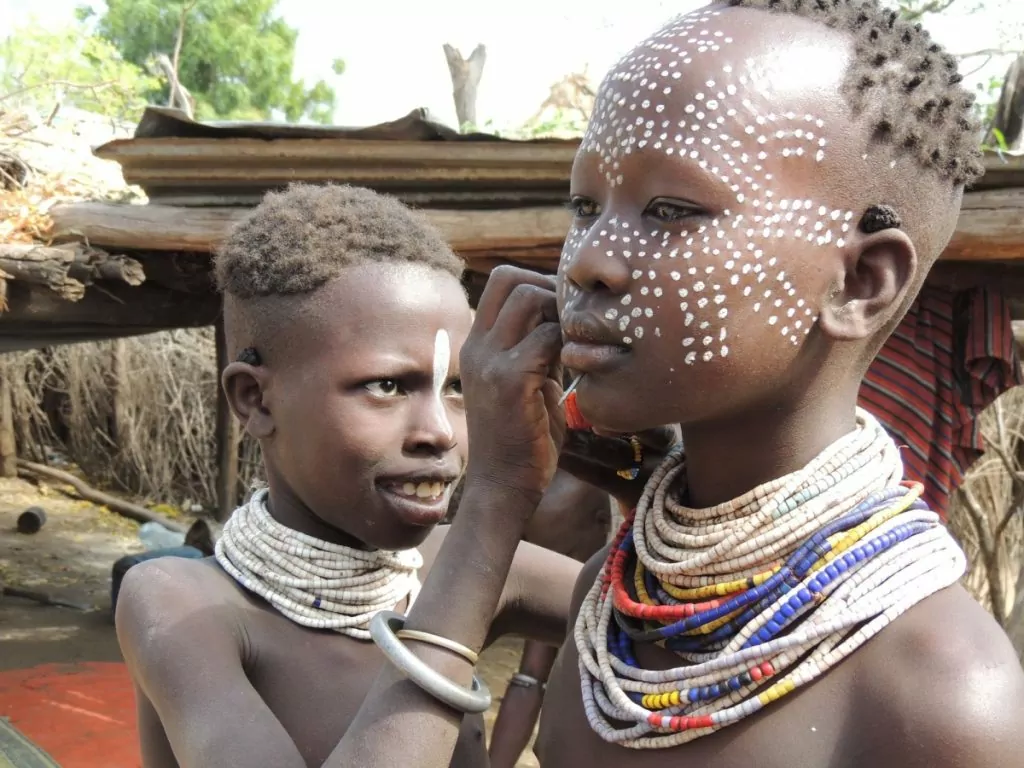
As for marriage, Karo wants to keep the bloodline pure, you don't marry someone from the same bloodline.
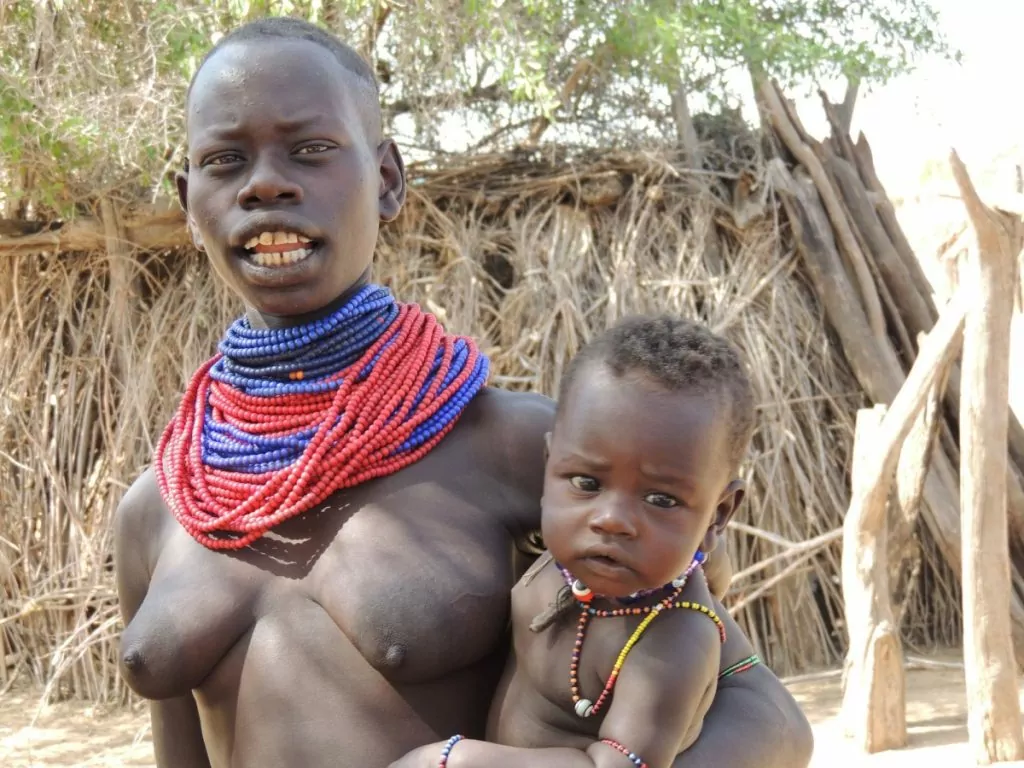
The creator of everything, Barriyo, plays a significant role in the life of Karo. Bitti, a kind of religious leader, guides his people through everyday life and celebrations. The ancestors and magic also play a significant role.
Body decoration is important. Both men and women use chalk, coloured ochre and yellow mineral sand to paint themselves. The paintings can look different from day to day and have different meanings.
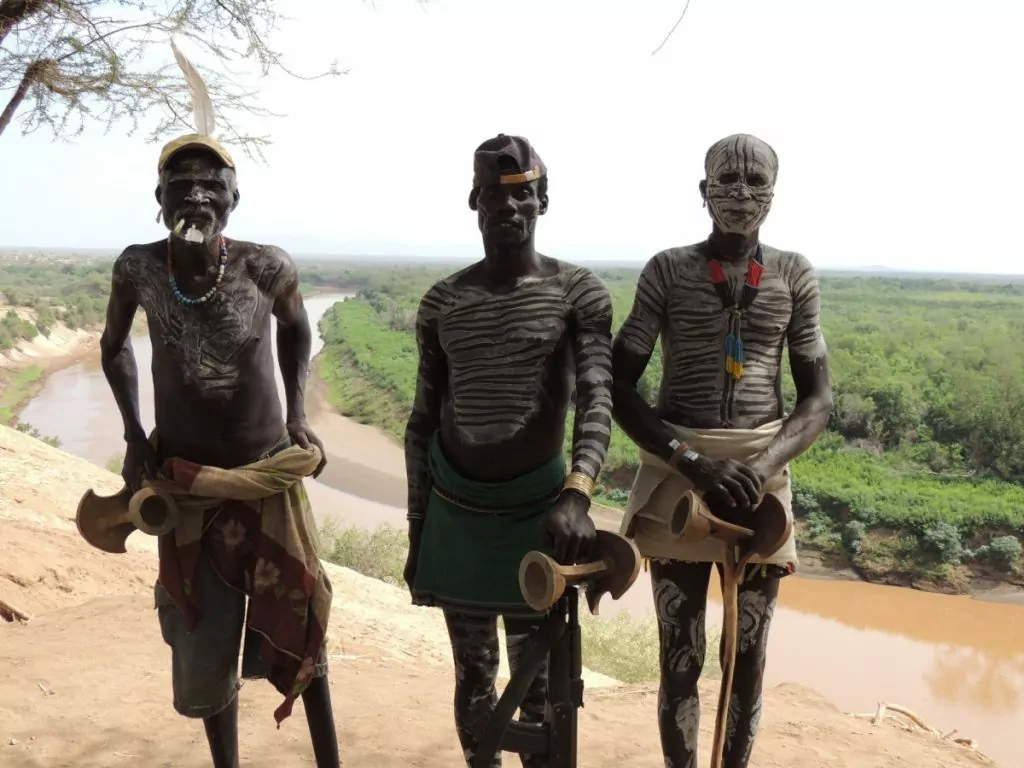
Karas pierces her lower lip and the jewellery can be a flower or a wooden stick.
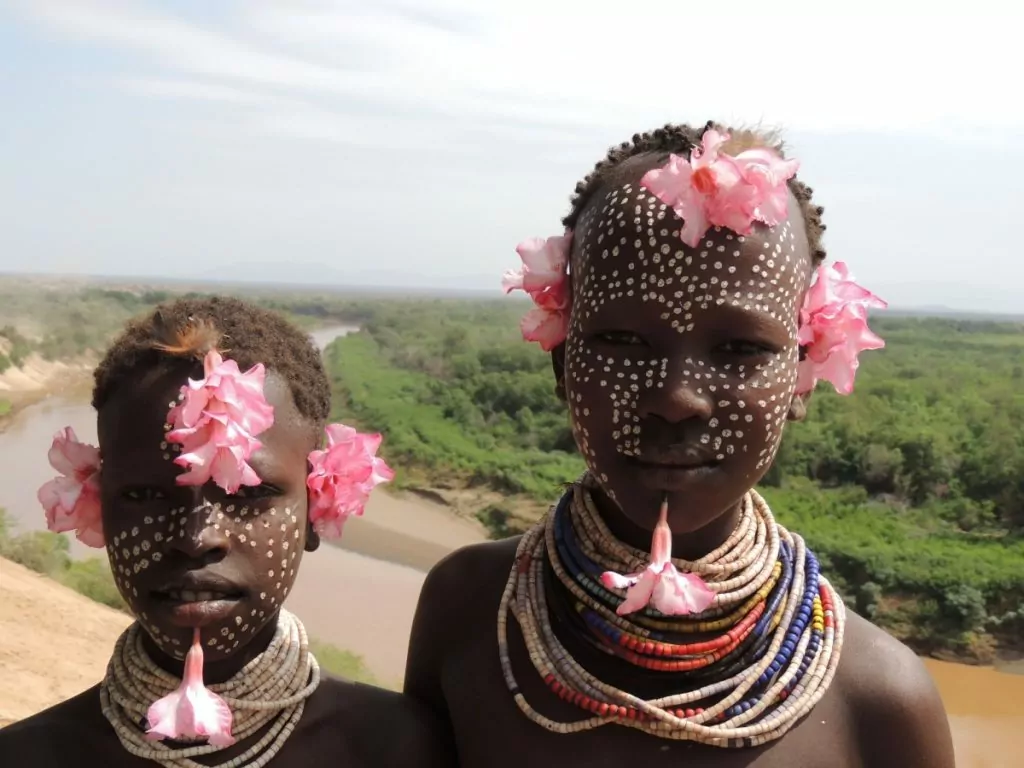
Cutting yourself is also a way to make yourself more attractive. Women do it to attract the opposite sex; men's scars declare courage and sex appeal. A knife or razor blade is used and soil is sprinkled on the wounds to make the scarring visible.
Hair styles can vary, men make thick braids which they smear with grease and coloured mineral soil, decorate with feathers and flowers. Women are similar but use ochre.
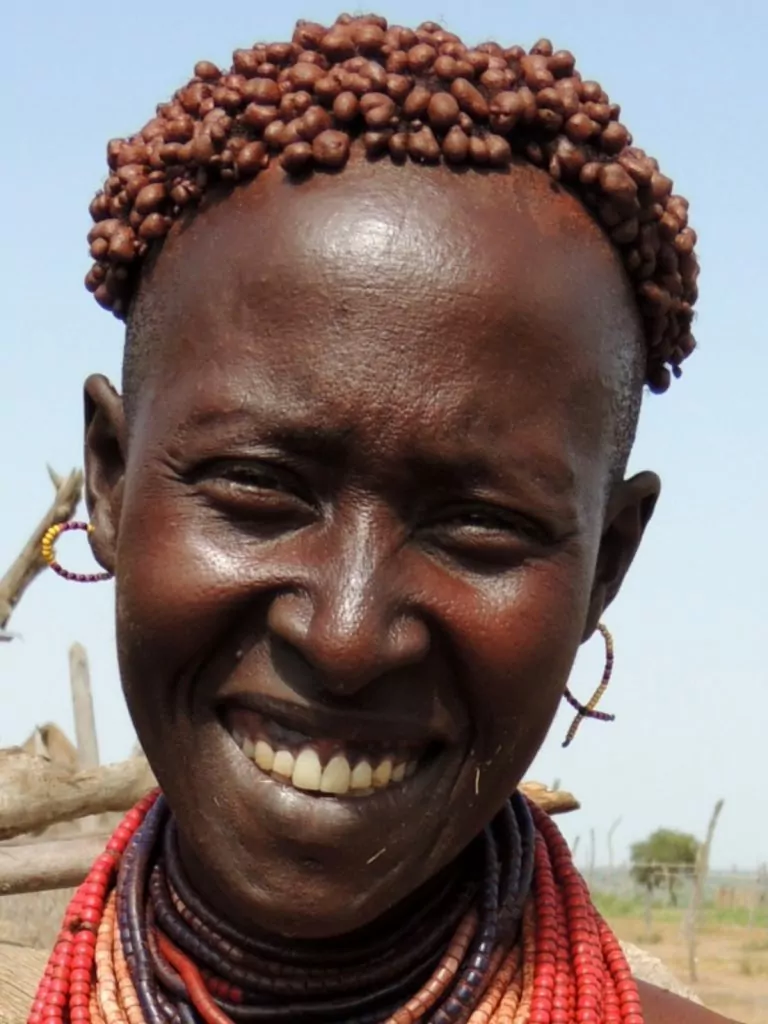
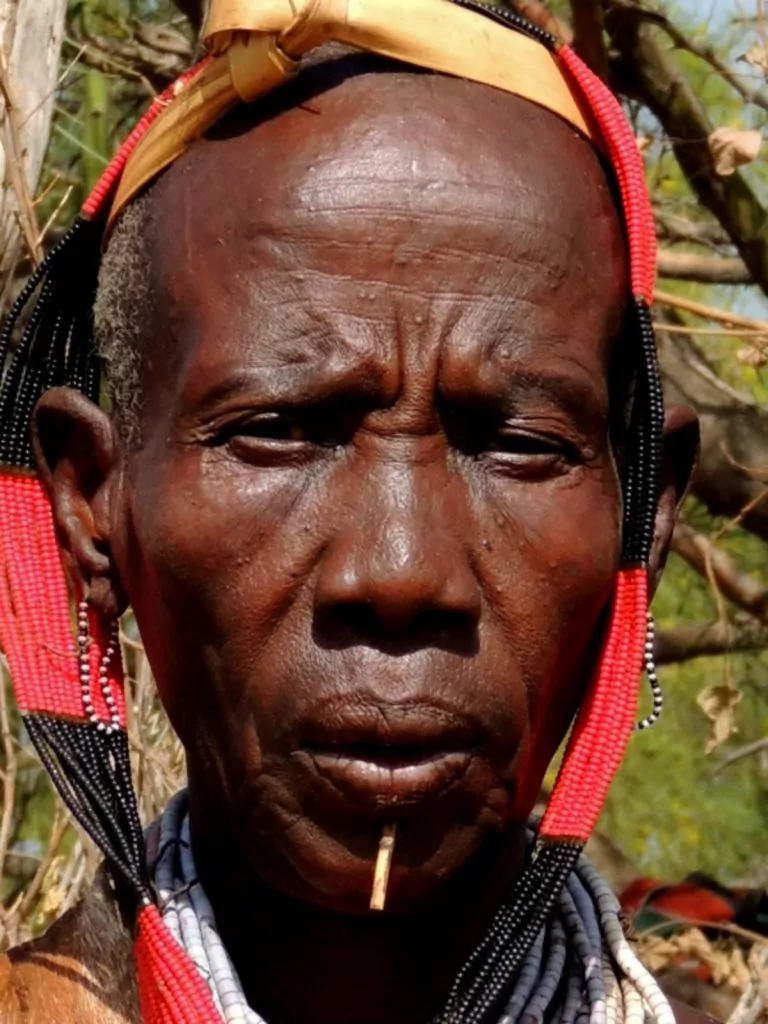
Weapons, usually AK47, are always carried by boys and men, but in reality they are mostly a status symbol. Of course, it is a feather in the cap if an enemy is shot, especially for the younger ones who are about to get married.
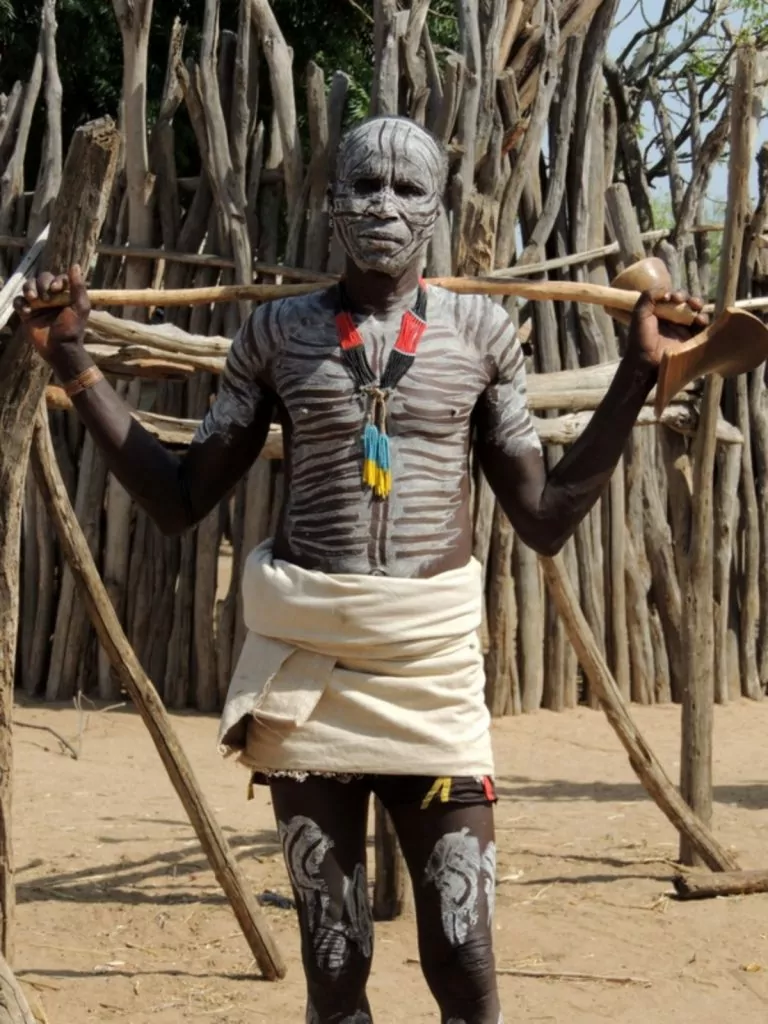
For me, as an observer, I am once again struck by the ability of these people to have an everyday life here.
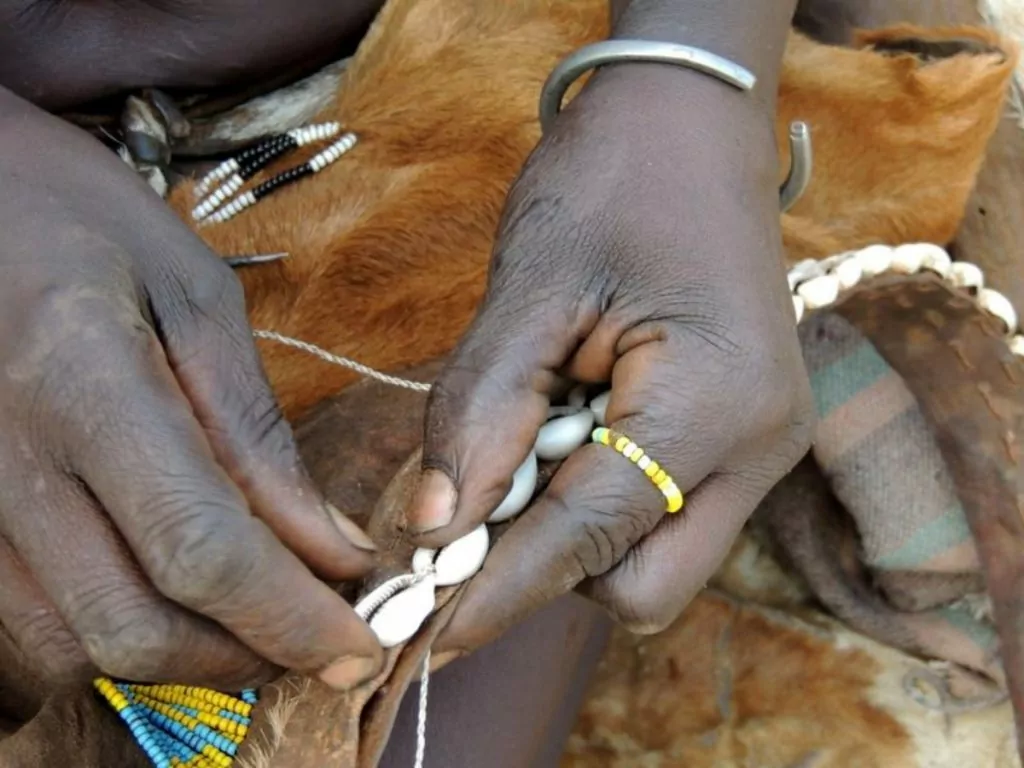
The next destination is the Konso tribe, known for their cultivation skills, weaving and terrace building. The village is located on a hillside and is built quite differently from other villages. You enter the village through a gate, then it's a maze of labyrinths. They built this way to protect themselves from intruders.
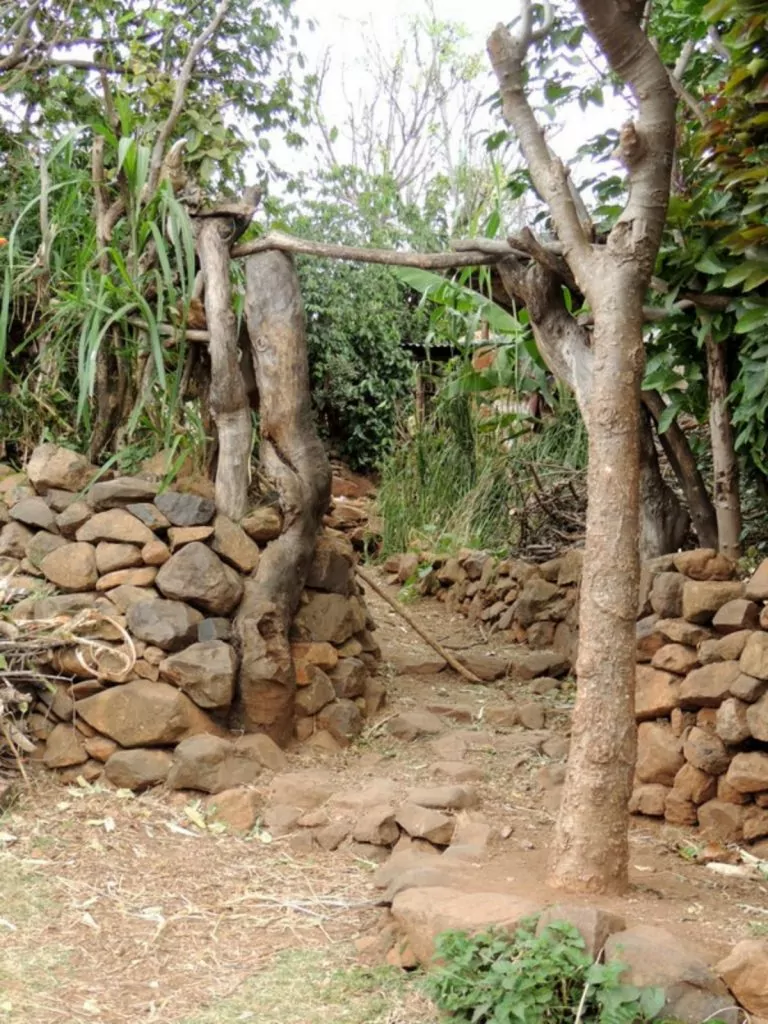
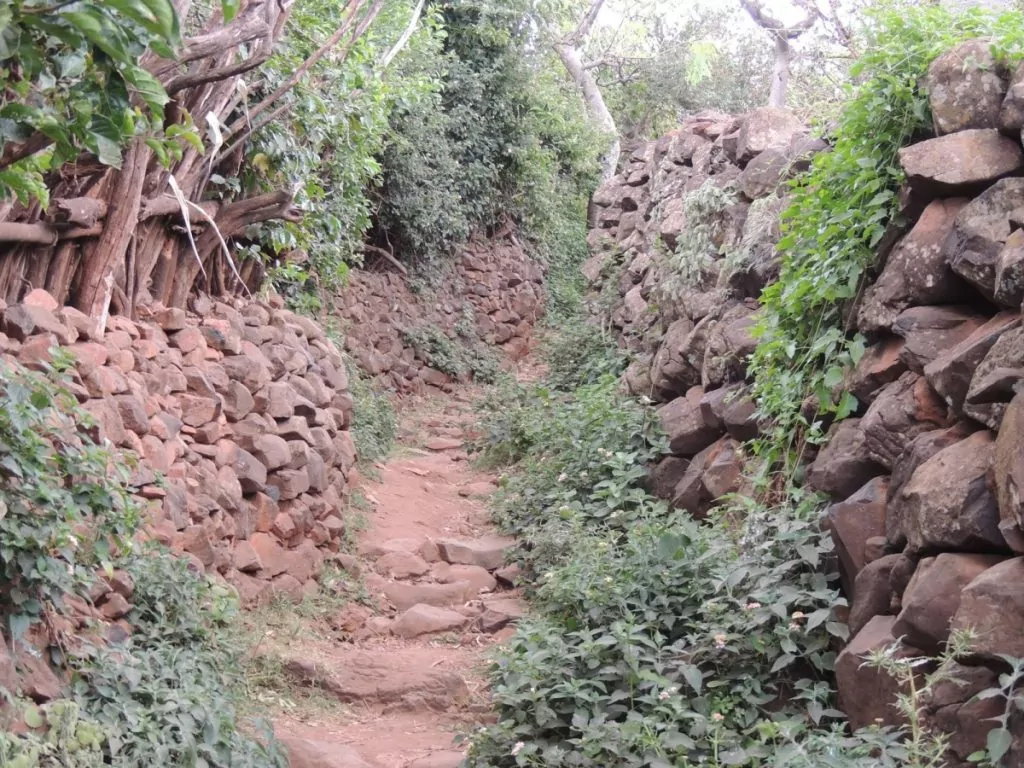
Each family has its own enclosed farm, with houses for the family, grain and livestock.
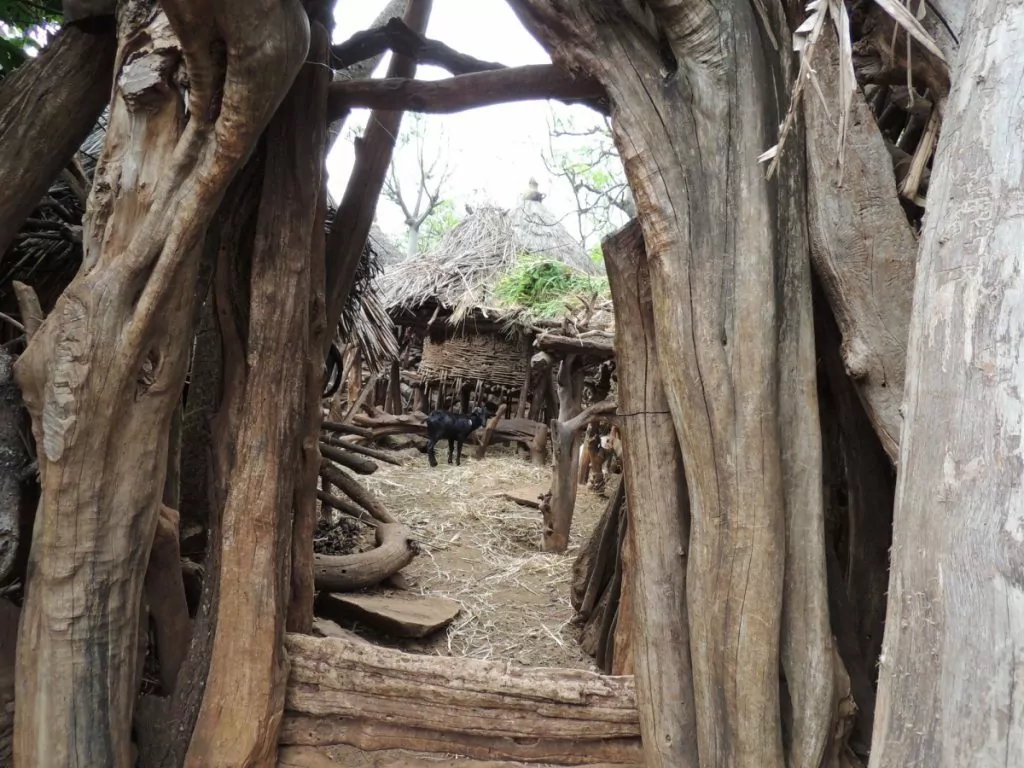
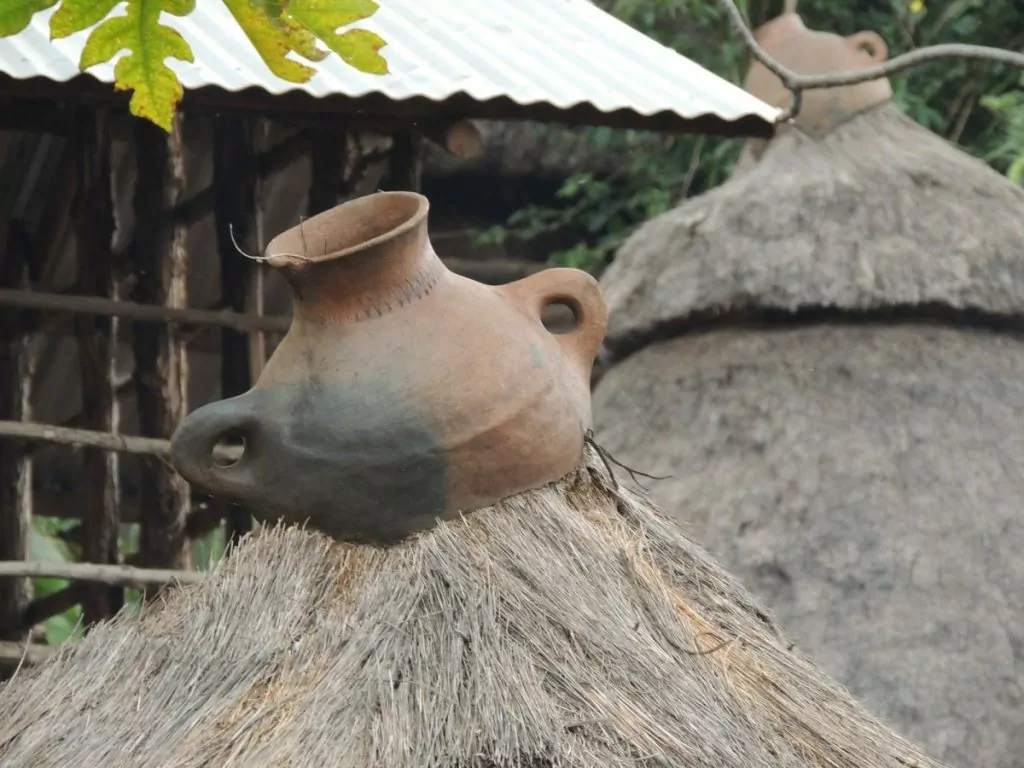
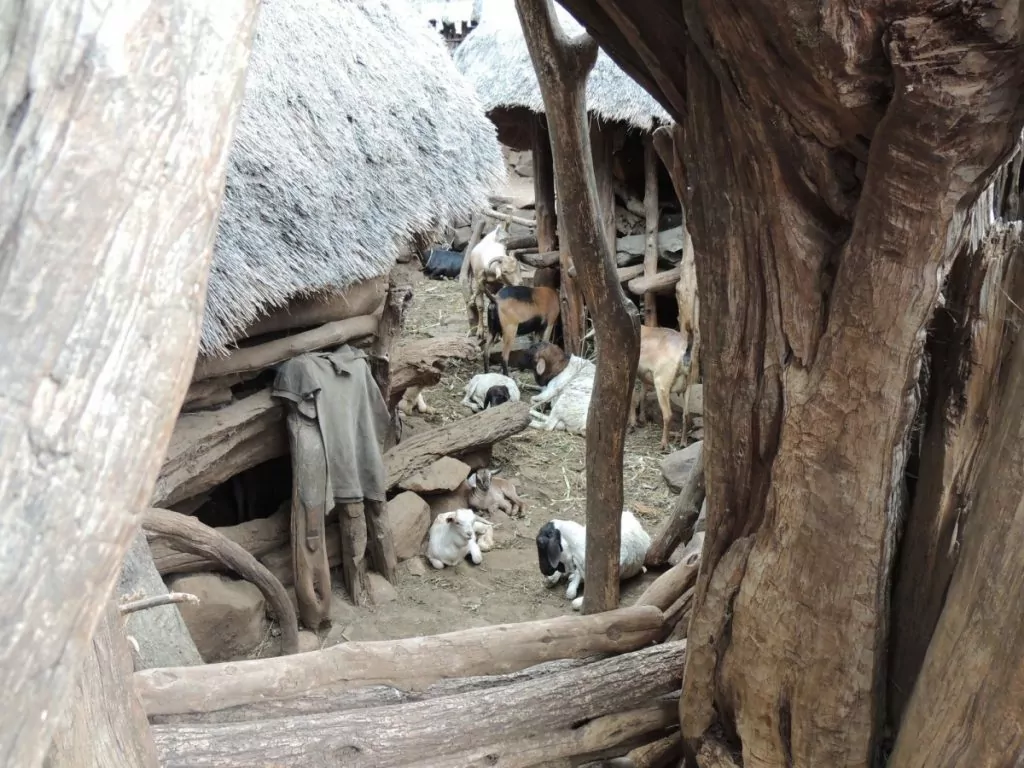
There are common spaces for village gatherings. In the centre of the village there is an open space, a kind of square, where things are sold, ceremonies take place and important decisions are made.
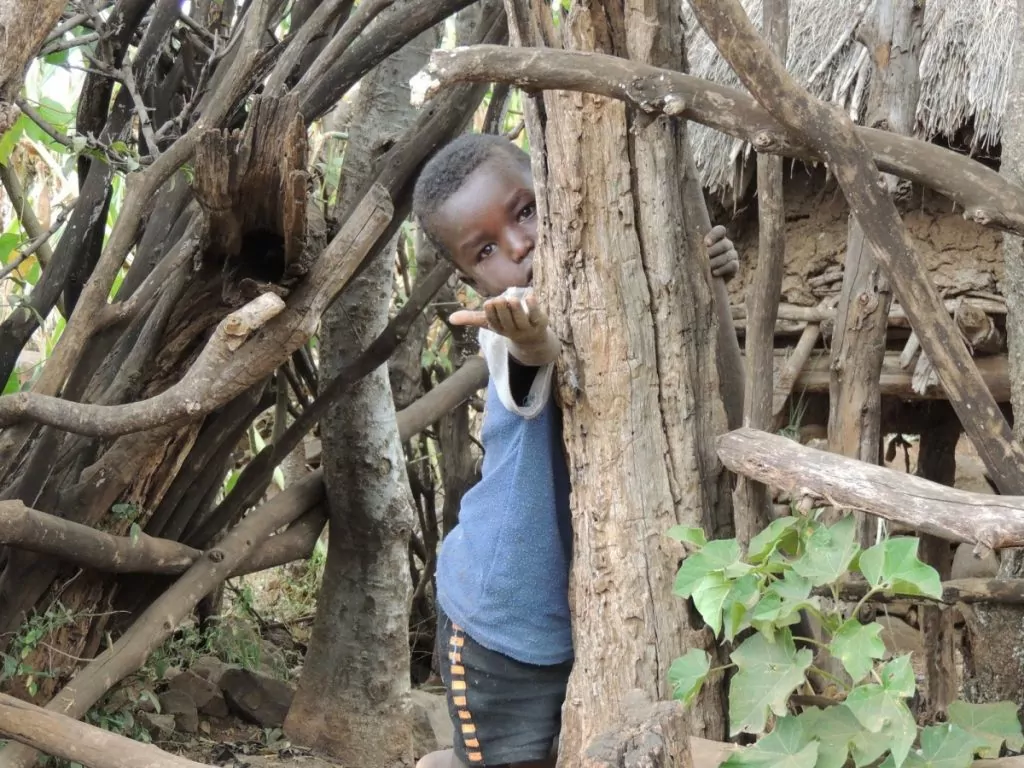
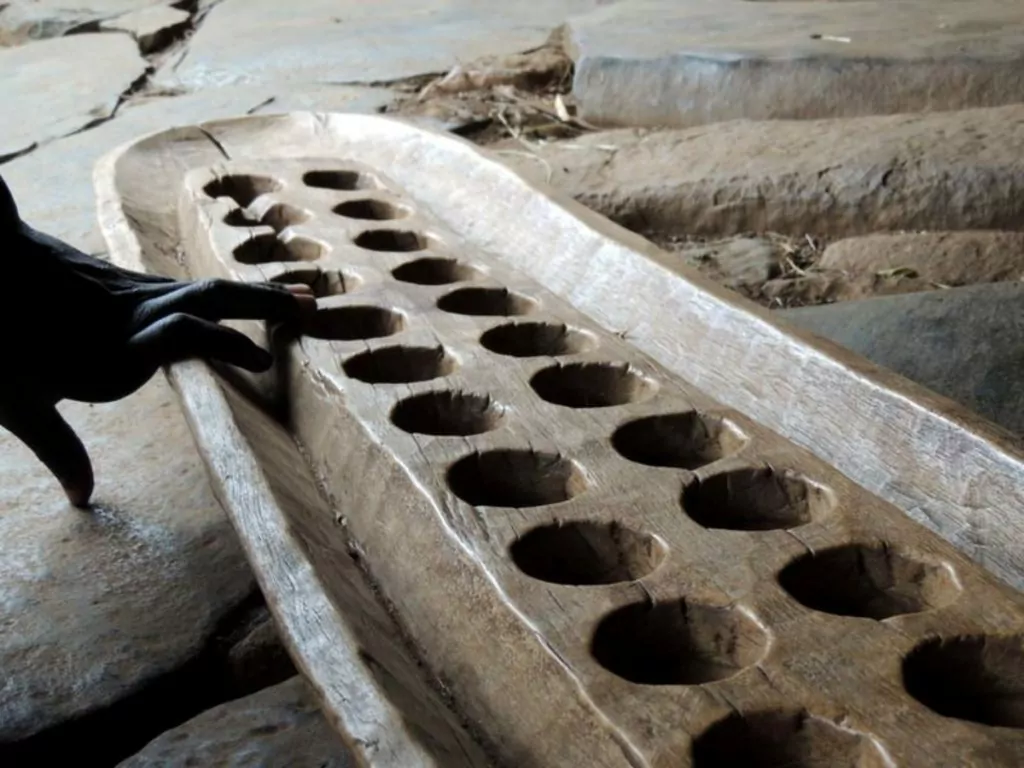
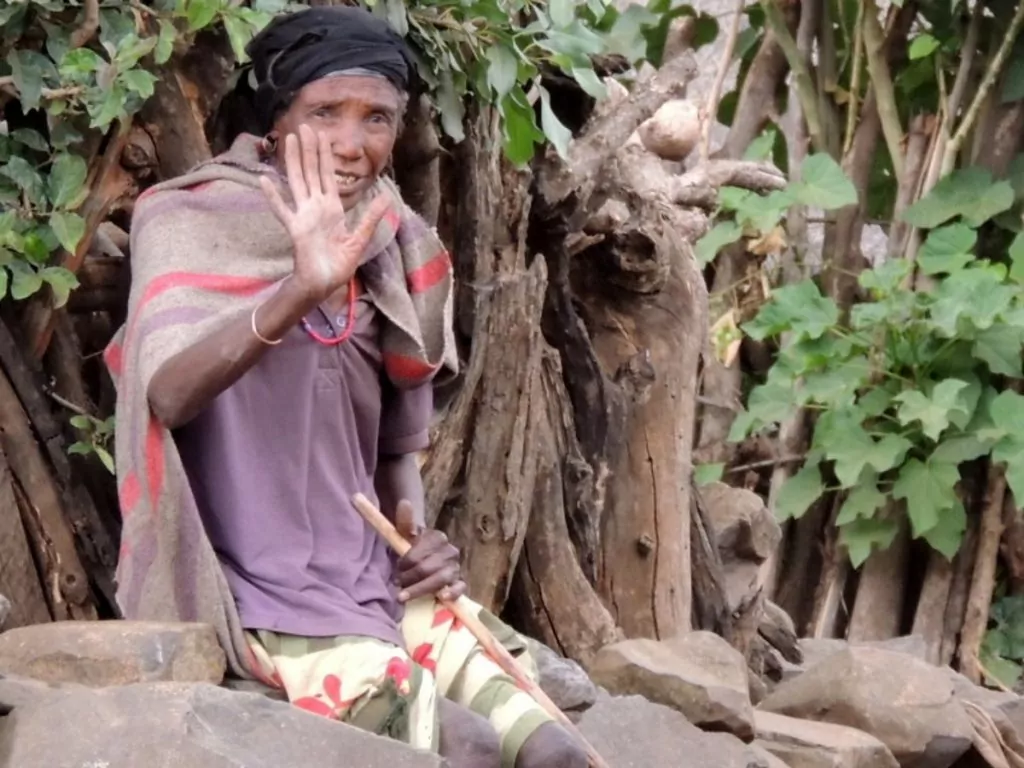
The generation pole, Olahita, has an important meaning: for each new generation, a new pole is placed every 18 years. This way you can see how many generations have lived here.
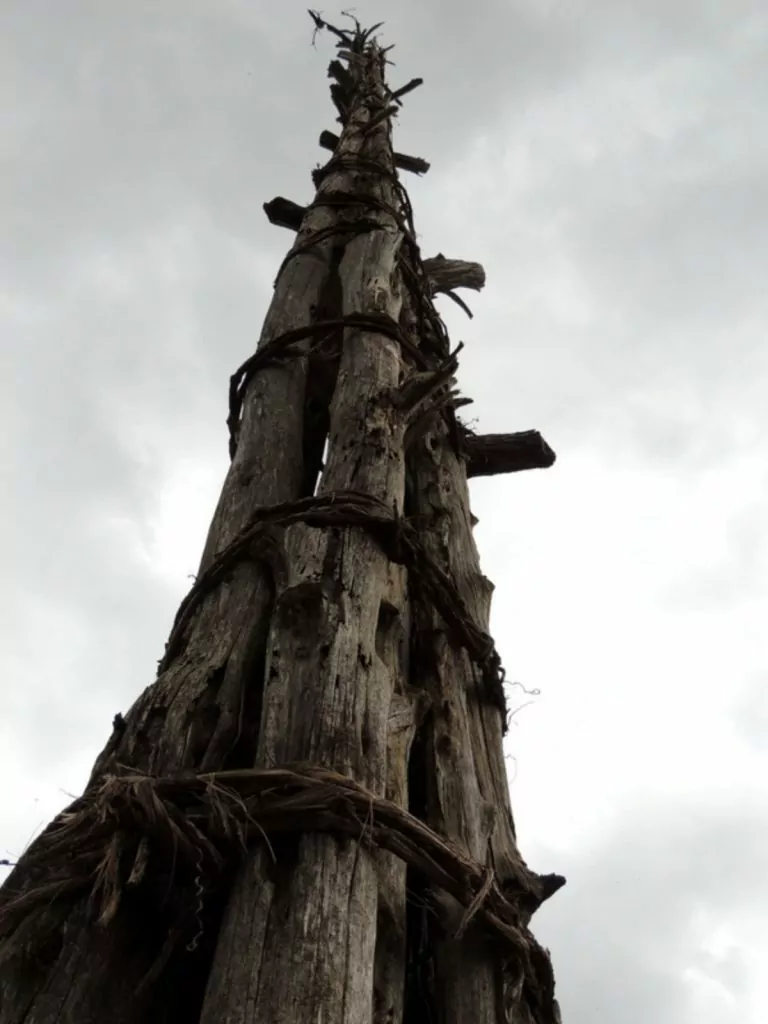
The important boulder that every boy undergoing the rite of manhood must lift and throw behind him. The stone is also used in trials; it is thrown when a person declares his innocence.
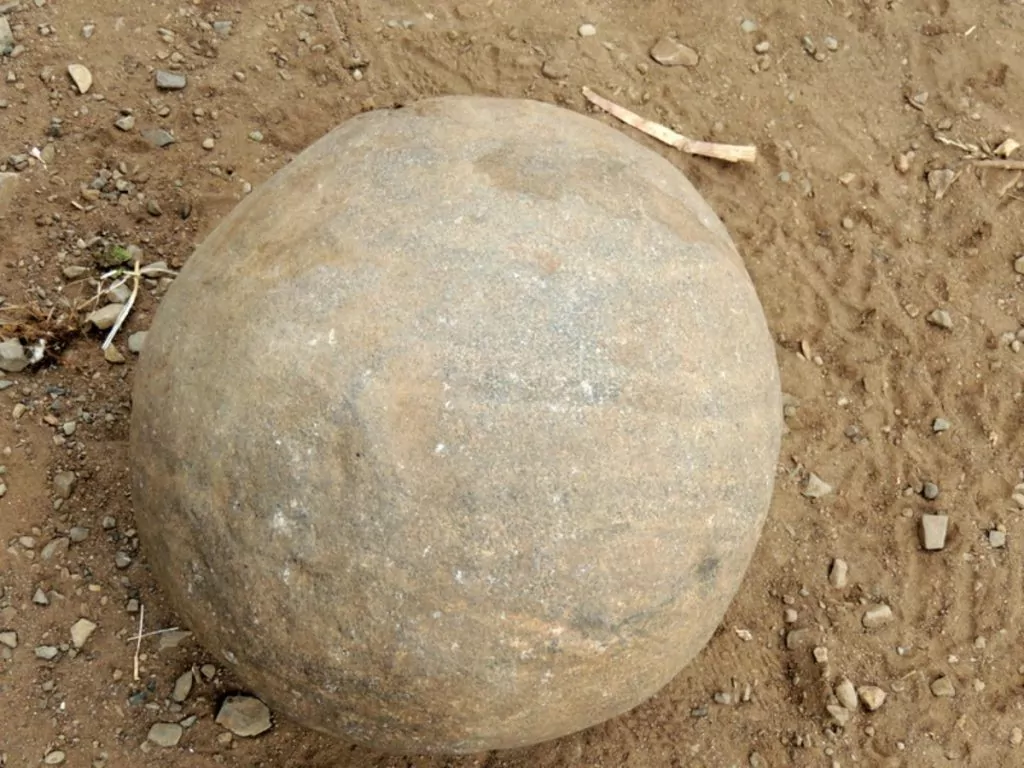
In Konso village people wear more ordinary clothes, not like in the other villages I visited.
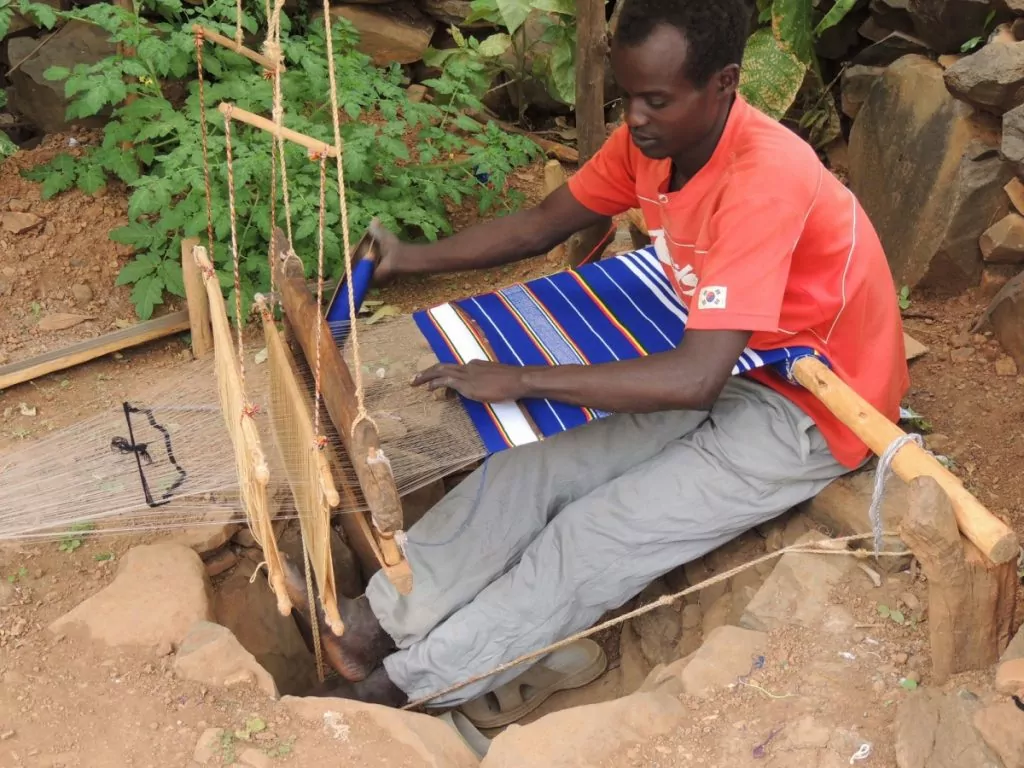
The Konso tribe is sedentary, they grow a lot of crops, the soil is fertile and, in addition to sorghum, they grow coffee, maize and cotton.
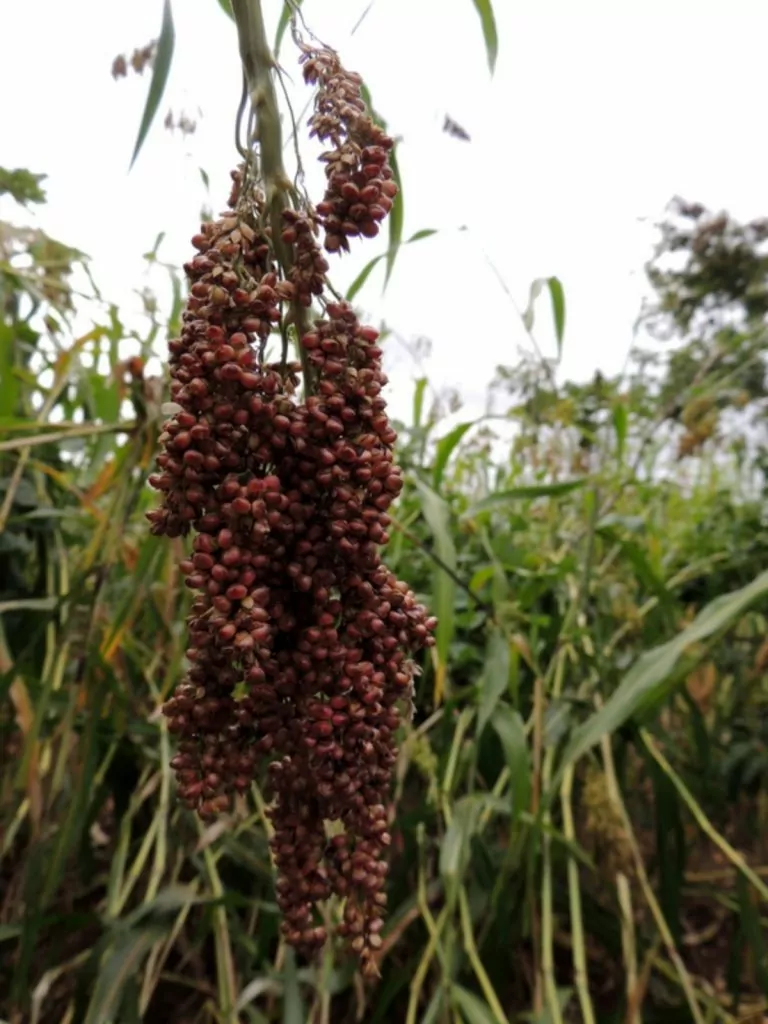
After wandering around the tunnels, I eventually find my way out again and my journey continues up into the mountains and the cool air.
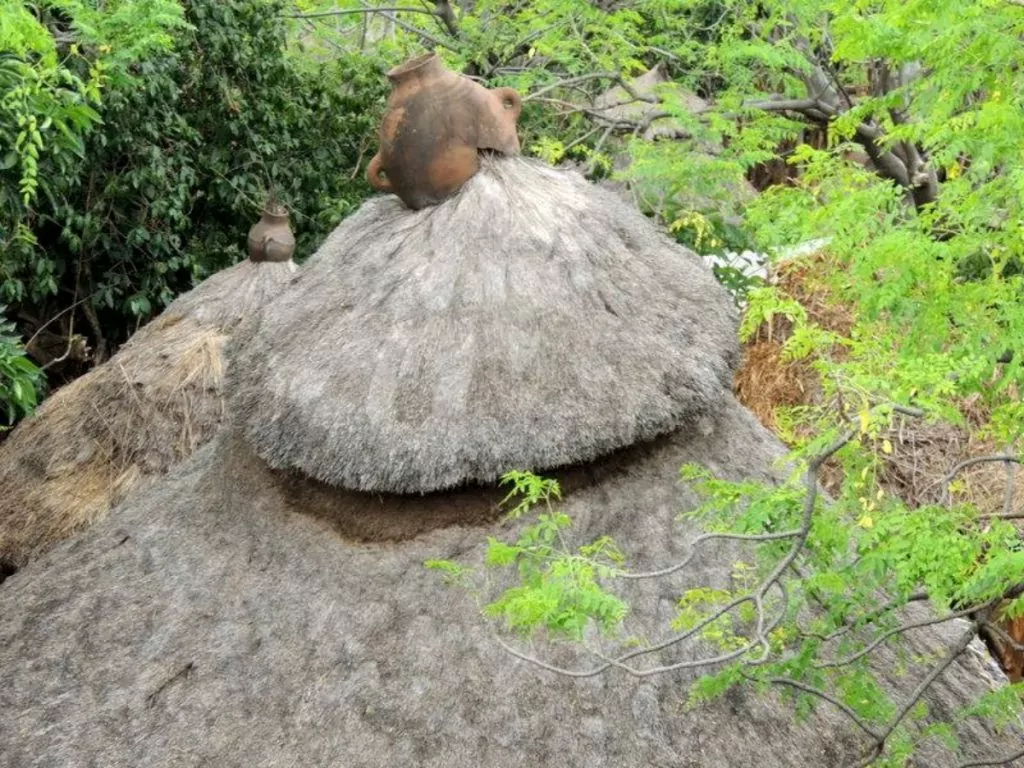

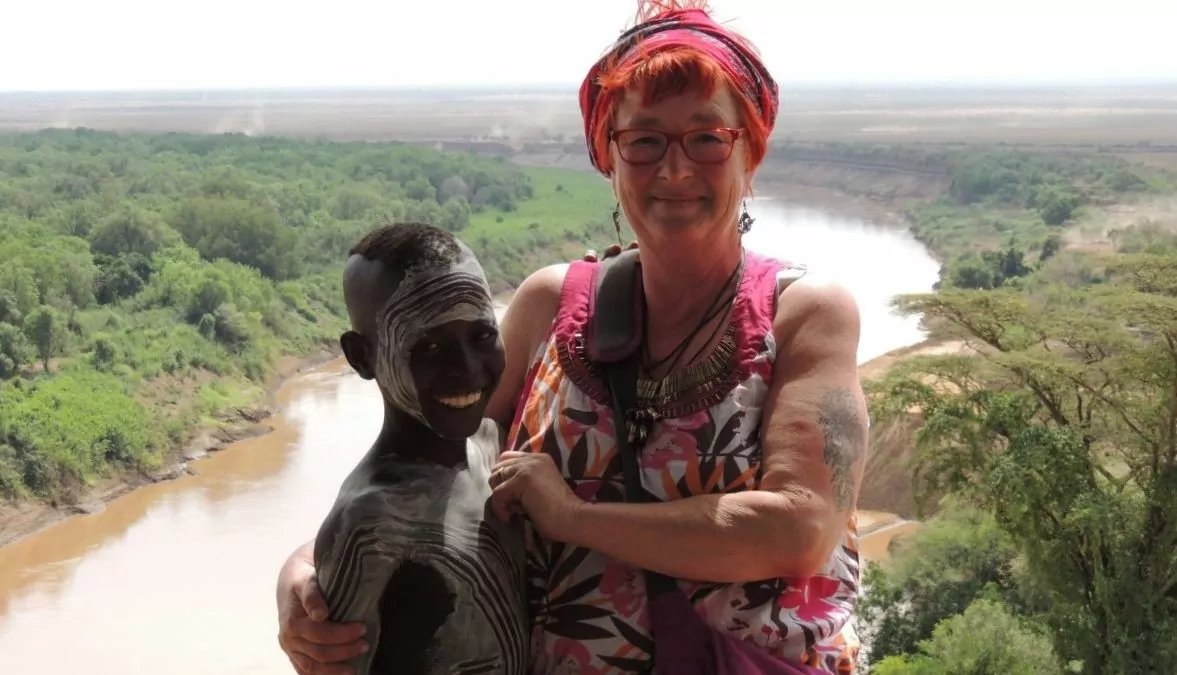










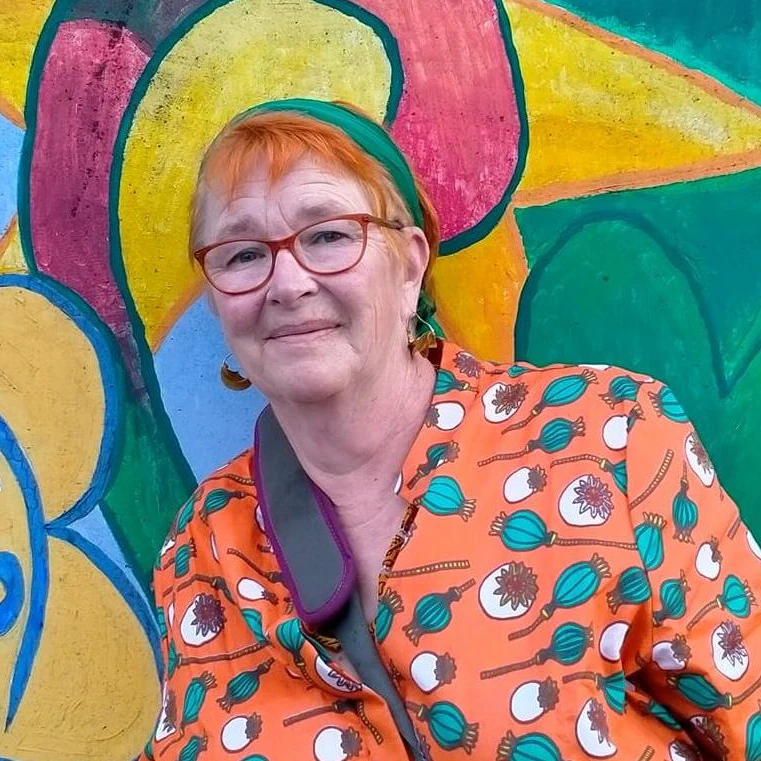
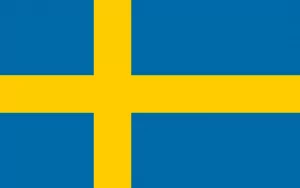
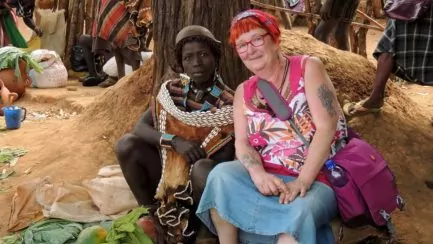
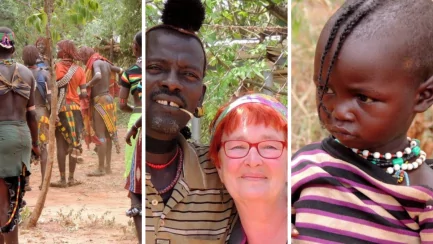
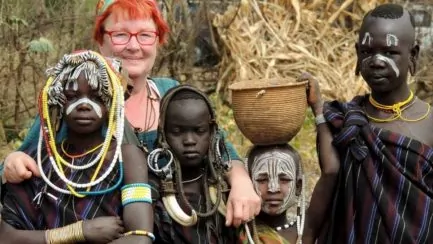
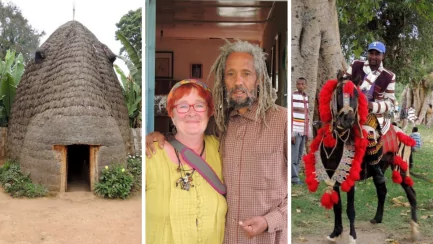
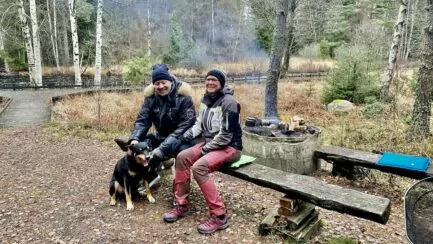
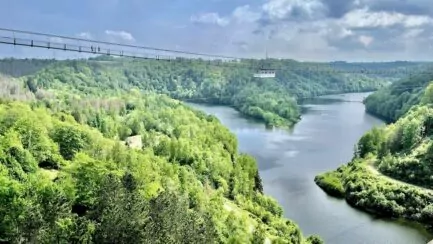



BP says:
It is admirable how much you have "picked up" during your journey in Ethiopia. Just like yesterday, I found the text very interesting. Completely alien to a civilised Westerner who cannot even live without 5G and internet.
To be whipped and even proud of the scars that disfigure women is incomprehensible. Watched a film on youtube about bulljumping.
Everything is as far from "civilisation" as you can get, but still incredibly fascinating. Then you can ask yourself where the tribe gets your automatic weapons from. The tribe is poor. It would be interesting to know what barter applies there. Hardly two cows ...
PS. Many thanks for your answers to my questions yesterday. I was thinking about circumcision. I mean that "method" is completely normal for, among others, believing Jews, but there it takes place under "organised" forms, so to speak. DS.
19 October 2023 - 17:28
Anna Nilsson Spets says:
Hi! Of course I answer questions, I'm glad you're reading and want to know more! About the weapons.... I have a vague feeling that they come from tourist income and it is the case in some of these tribes that they are actually in conflict with each other, so it's about defence even if you and I think the money should go to other things. Male circumcision is a simple thing if you compare it to the girls' which is both dangerous and nasty. Take care
20 October 2023 - 7:13